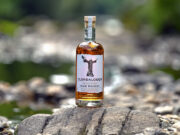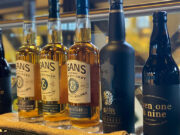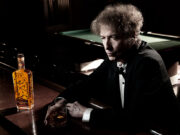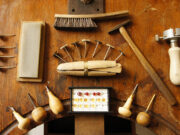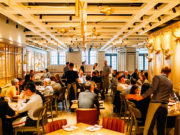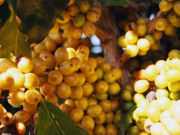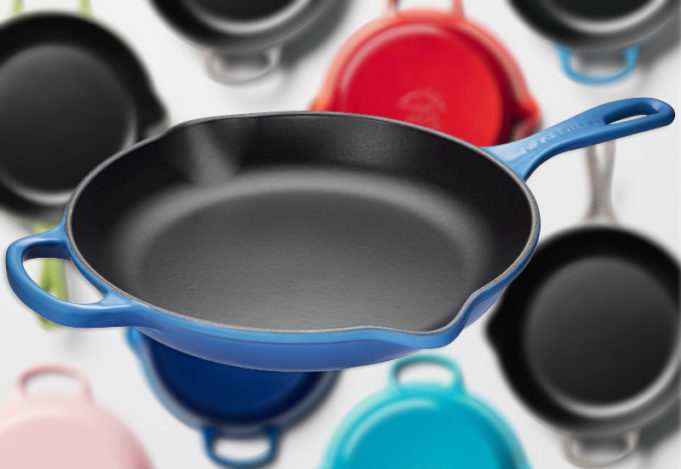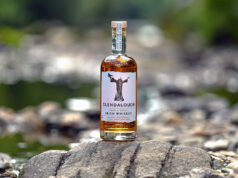Stranded on a desert island, if you only had one pot , or pan, to cook in, what would it be? We asked some experts, but we also thought about camping trips of yore, what worked, what didn’t.
Heath Gordon is Chef De Cuisine at Center Cut Steakhouse, The Ritz-Carlton, Dubai International Financial Centre. He has plenty to say about the matter. “Anyone can make a knife, a spear, a bowl or cutlery with some sharp stones, a few coconuts and a palm tree. But the one cooking vessel would have to be large heavy fry pan, non-stick of course so as to perfectly cook all the fresh seafood I will be catching and also to impress any natives hiding on the island, who may turn up for dinner. And if they decide they want to eat me I can quickly deter them with a serving of coconut fish curry or a tap on the head from my heavy non stick fry pan.” The large heavy fry pan, say 9 to 12 inches, need not be expensive. A single high-quality pan can run into the $100-plus range, but there are many available for well under that, so investigating is a good idea.
“It would be Le Creuset’s Round French Oven. This classic cookware is so versatile, ideal for one-pot recipes and slow-cooked hearty stews, roasts and risottos.”
David Hawksworth is Executive Chef at his eponymous restaurant, in the prestigious Rosewood Hotel Georgia. His answer is, on the whole, provocative. “It would be Le Creuset’s Round French Oven. This classic cookware is so versatile, ideal for one-pot recipes and slow-cooked hearty stews, roasts and risottos. Not to mention, they stay hot, they stay shut, they are steeped in French culinary tradition and guaranteed for life, like cherished recipes they are designed to perform and to be passed on for generations.”
Okay, so you are not stranded for generations, but you can bring the pot back home, and tell the tale many times over. Still, there are some considerations a famous chef might not worry about. Paul Burditch runs a public relations company based in San Francisco, specializing in fine hotels and restaurants. His ideal is “Le Creuset non-stick 9-inch skillet. I can take an egg off it without even using a spatula, it is that clean.”
Even heat distribution, ease and multiplicity of use, all part of the bargain.
So, if the experts run the gamut from pot to pan, what do we do? What do we do?
Some facts. Cast iron pans are a little maintenance, but hard to beat overall. Copper, the days gone by glamour-puss of French cooking, well, they are these days tin-coated on the cooking surface. Teflon, almost obsolete, with enameled surfaces and triple-clad aluminum on the rise, and not with a bad moon at all.
“Cuisinart and Lodge are two great brands to remember. And all our chefs agree: buy your pots and pans one piece at a time.”
Still, cost is a consideration always. Le Creuset is a clear favorite among chefs, but brands may not be your answer, exactly. (A caution: celebrity-chef names on cookware is not exactly a guarantee of value). How easy is it to clean, to maintain, to cook with, every day, every night? So those pots and pans that are triple-clad, with aluminum, copper and stainless steel, and especially those pans that have an impregnable cooking surface, non-reactive to the food being cooked, and super easy to clean, are the answer.
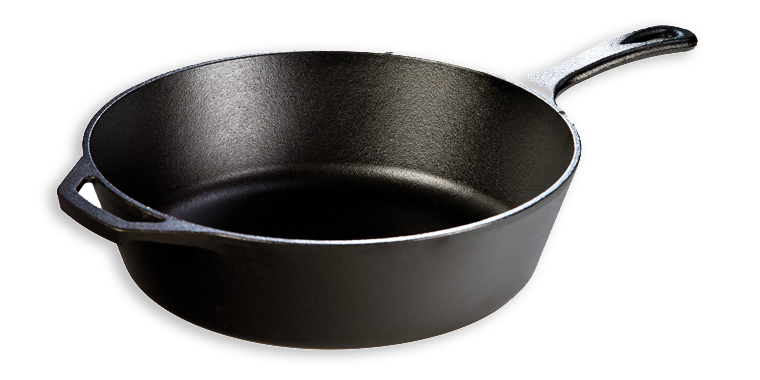
Cuisinart and Lodge are two great brands to remember. And all our chefs agree: buy your pots and pans one piece at a time, according to your cooking needs, rather than buy one big matching set.
Back to the island. Why not a deep dish pan that can boil water efficiently, at least in a relative sense, that can sauté vegetables, and even braise or even pan-fry meat. The deep skillet by Lodge is hard to beat, and for a whim, you may want to take the Lodge guitar-shaped skillet. the multi-tasking alone could keep you busy for months.
Robinson Crusoe would have chosen, I intuit it to be so, Le Creuset 11.5 inch non-stick skillet. Indestructible, just like you, stranded on that island.



